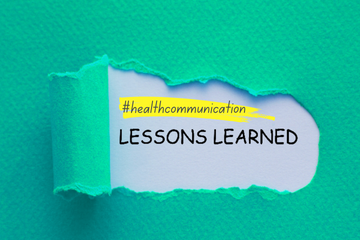You’re reading Lessons Learned, which distills practical takeaways from standout campaigns and peer-reviewed research in health and science communication. Want more Lessons Learned? Subscribe to our Call to Action newsletter.
Two teams—one made up of researchers from social and cognitive psychology, the other from computer science—analyzed a dataset of news consumption data from Upworthy.com. The dataset contained the results of head-to-head headline testing the news site had done on its stories from 2012-2015, in the hope of coaxing Upworthy readers to click. The research teams combed through the 105,000 headlines and 370 million story-impressions in the dataset to determine how emotional language affected news consumption. They recently reported their findings in Nature Human Behavior (2023, DOI: 10.1038/s41562-023-01538-4).
What they learned: Negative language in news headlines increased the likelihood that readers clicked on a headline, even after adjusting for the content of the corresponding story. Sadness, not anger, seemed to be the main emotion driving those clicks. The findings align with what we know about human cognition: Negative stimuli tend to draw our attention, and people tend to weigh the negative more heavily than the positive when making decisions.
Why it matters: As misinformation and disinformation proliferate online, we need to better understand the biases that drive our content consumption. “Knowing what features of news make articles interesting to people is a necessary first step,” the authors conclude.
What to watch: Whether the news industry’s continued efforts to quantitate reader behavior—and optimize their news products to match—might exacerbate the bad-news bias. For example: desensitizing people to truly bad news, spreading doomsday thinking, or eroding trust in how news is gathered and evaluated.




